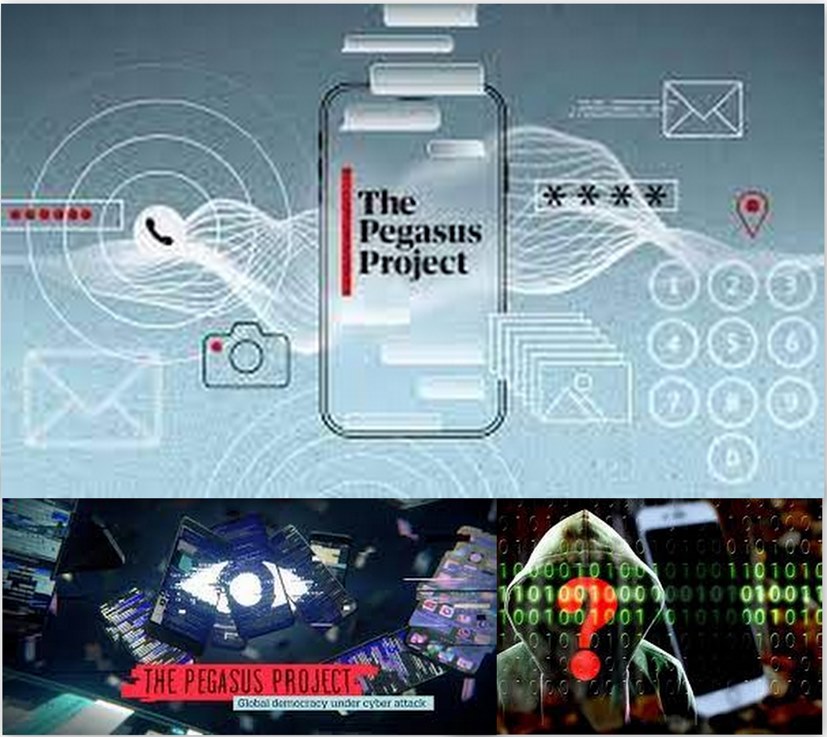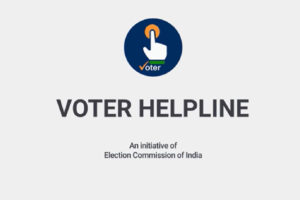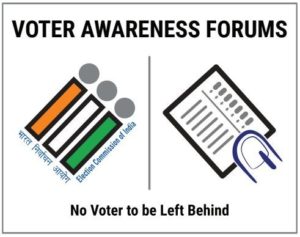After the scandalous exposures on Rafale deal and tax row on Cairn energy (where Indian assets were frozen on the order of French tribunal), the Pegasus surveillance exposure comes to haunt the BJP-led centre.
Paris-based media non-profit Forbidden Stories and Amnesty International accessed the leaked database on the Pegasus surveillance issue. The disclosure included a list of phone numbers targeted by Pegasus spyware of NSO Corporation at the behest of its clients (obviously governments). The Pegasus surveillance report reflected that there were hundreds of Indian phone numbers among the target people whom the clients of NSO had fixed for surveillance. The clients in India who allowed NSO (the firm that designed Pegasus spyware) to target Indians have gone well beyond the stated objectives of countering terrorism and other serious crimes. Among the phones of the Indians targeted, five belonged to journalists and one belonged to a high level political adviser working for non-BJP parties. Forensic analyses were performed on 22 smartphones in India, whose numbers appeared on the disclosed list. Out of them 10 were targeted by Pegasus with seven of them successfully infected with the spyware.
Also See: Cyber warfare from China-part-II
Congress leader Rahul Gandhi, former Chief election commissioner Ashok Lavassa, poll-strategist Prashant Kishor, Mamata Banerjee’s nephew Abhishek Banerjee are among the people who were put under surveillance under the Pegasus programme. These names are a part of a cache of around 1000 names out of which around 300 have been verified. As Rahul Gandhi had changed his phone, it was not conclusively established whether the Pegasus was deployed on his phone. But, the disclosure report stated that attempts to deploy the spyware were made between mid-2018 to mid-2019, a time window when the nation was gearing up for the general elections of 2019.
In response to the disclosure, Rahul Gandhi said, “Targeted surveillance of the type you describe whether in regard to me, other leaders of the opposition or indeed any law-abiding citizen of India is illegal and deplorable.”
Among other prominent targets, Pegasus Surveillance was placed on people close to Saudi journalist Jamal Khashoggi, who was murdered in October 2018 while visiting the Saudi consulate in Istanbul, Turkey. Khashoggi’s body was then dismembered.
Azerbaijan, Bahrain, Hungary, India, Kazakhstan, Mexico, Morocco, Rwanda, Saudi Arabia and the United Arab Emirates are the ten countries where majority of numbers were identified in clusters in Pegasus deployment. Citizen Lab is a digital surveillance research organisation based out of the University of Toronto. In the past, each of the above-mentioned ten countries has been identified by experts of Citizen Lab that has laid the groundwork for WhatsApp’s 2019 lawsuit against the NSO Group. These countries have been region of focus of majority of operators of Pegasus.
Also Read: People are still being arrested over a scrapped law, observed Supreme Court
Reactions on the Pegasus disclosure have come from top echelons of UN as well. In a statement, UN rights chief Michelle Bachelet said, “The reports about the Pegasus spyware “confirm the urgent need to better regulate the sale, transfer and use of surveillance technology and ensure strict oversight and authorisation”. She described the revelations as “extremely alarming”. She stated that they “seem to confirm some of the worst fears about the potential misuse of surveillance technology.”
The UN high commissioner for Human rights recalled that the UN had repeatedly flagged the dangers of authorities using surveillance tools to hack phones and computers of legitimate journalists, activists and political opponents in the name of public safety.
The Chilean politician who heads the UNHRC said, “Use of surveillance software has been linked to arrest, intimidation and even killings of journalists and human rights defenders.” She also warned that broad use of such technologies could lead to self-censorship.
Bachelet said that surveillance measures can only be justified “in narrowly defined circumstances, with a legitimate goal” such as “investigations into serious crimes and grave security threats.”
She stated with concern, “If the recent allegations about the use of Pegasus are even partly true, then that red line has been crossed again and again with total impunity.”
The UN rights commissioner further said that companies involved in developing and distributing surveillance technologies should ensure their technologies are not used to violate human rights.
Also Read: What can India learn from the Tenth man principle?
The NSO clients based in India (suspicions are now towards people in government and specifically BJP) have technically committed a huge offence under the Indian telegraph Act 1885 and the IT Act 2000. The legislations of Indian Telegraph Act and Information Technology Act prescribe procedures that must be followed for lawful interception. Different countries have different laws pertaining to define such offences. But the use of hacking to deliver surveillance spyware in India by any individual, private or official, is an offence under the IT Act 2000.
The Pegasus is a spyware that can be planted in phones of people whom the government or any agency or corporation wants to put under surveillance. The spyware is developed by the NSO Corporation, a telecommunication tech company based in Herzliya, Israel. NSO stands for Niv, Shalev and Omri, named after the three founders of the company. The company claims that it provides authorized governments with technology that helps them combat terror and crime. The website of the firm reads that the technology of NSO is designed by telecommunications and intelligence experts who, positioned at the forefront of their fields are dedicated to keeping pace with the ever-changing cyber world. The details on the Pegasus surveillance was shared with Le Monde, The Guardian, Washington Post, Die Zeit, Suddeutsche Zeitung, The Wire from India and 10 other Mexican, Arab and European news organisations as part of a collaborative investigation called the ‘Pegasus Project’.





